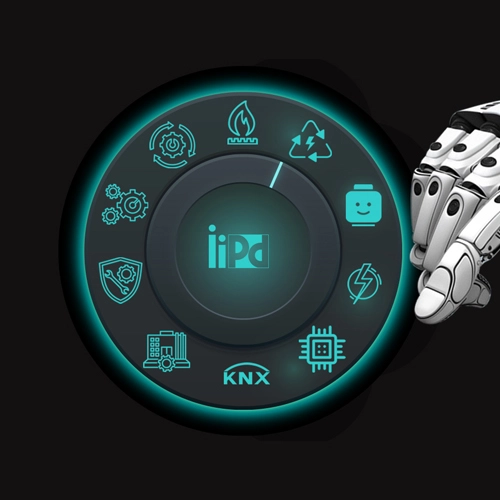In an era marked by pressing environmental concerns and the need for sustainable energy sources, solar energy emerges as a shining star. Harnessing the power of the sun, solar energy has rapidly gained momentum as a viable and essential solution to our energy needs. This article aims to highlight the importance of solar energy, shedding light on its numerous advantages and implications for a greener and more sustainable future.
Solar energy is a renewable and inexhaustible source of power, derived from the radiation emitted by the sun. Unlike fossil fuels, which are finite and deplete over time, solar energy offers a virtually unlimited supply. Moreover, solar power generation produces no greenhouse gas emissions or air pollutants, leading to cleaner air and reduced carbon footprint. By adopting solar energy, we can mitigate the adverse effects of climate change and pave the way toward a more sustainable future.
As the demand for solar power systems continues to rise, the need for skilled professionals in solar energy design becomes paramount. By providing individuals with the necessary expertise and skills, we empower them to design and implement efficient, safe, and high-performing solar energy systems. Through training, we promote innovation, create job opportunities, and contribute to a sustainable future.
At the end of this course, you will learn.
- Solar Energy Advantages & Fundamentals
- PV Technologies
- Solar Inverters and Benefits from PV
- Systems and components in a Solar Energy system
- Explanation of On-grid and Off-grid systems
- Protection devices for solar system
1. Introduction
Why solar energy?
- Sun energy per year and world energy use
- Type of production ways of electricity from solar energy
- Heliostat tower function
2. Solar Fundamentals
- Distribution of solar radiation
- Solar Irradiance Concepts: DNI, DHI, GHI & GTI
- Measuring solar radiation, angle of radiation and energy per sqm
- solar declination and height (altitude) angle
- air mass and solar energy
- Spectral sensitivity of different solar panels
- Solar path, Sun azimuth angle
- The most important geometrical factors which affect calculations of solar radiation
- Local time and solar time, PSH (peak sun hour)
- Methods of determining radiation intensity
3. PV Technologies
- Advantages and disadvantages of PV
- Cell - module - array, Photovoltaic panel structure
- The difference between monocrystalline and polycrystalline cells
- Solar grade glass, stc and noct test conditions
- Voltage-current curve (I-V) of solar cell
- What is fill factor in PV modules
- Solar cell equivalent circuit
- Types of solar cells and their comparison
- The basis of silicone cells and the method of electricity production
- Arrangement of cells in a panel
- Effective factors in the output power of the solar panel
- PV junction box
- Checking the curve of solar panels in case of series or parallel connection
- The role of bypass diode in solar panels
- Blocking diode rule in PV plant
- Photovoltaic system design standards
- Parallel connection of connectors
- PID & LID losses
- Lifespan of solar panels
- Auto tracker system (single axis and dual axis)
- DEWA mandatory standards
- IEC 61215, IEC 61730, IEC 61701, IEC 61345, IEC 62716, IEC 60068-2-68 standards
- Safety qualification of PV modules
- Design qualification and type approval of PV modules
- Net-metering system
- Concentrator Photovoltaic
4. Detailed explanation of Off-grid and On-grid systems and components
- Types of solar systems (Offgrid – Ongrid - Hybrid)
- Characteristics of off-grid solar systems and Application
- Off-grid Solar system components and schematics
- On-grid Solar system components and schematics
- Hybrid Solar system components and schematics
- Solar batteries and battery types
- Flooded/wet batteries characteristics -advantages and disadvantages
- AGM batteries characteristics -advantages and disadvantages
- GEL batteries characteristics-advantages and disadvantages
- Maintenance free battery, SLA batteries, VRLA battery
- Battery connections in series and parallel, Battery safety tips
- Types of solar inverter Off-grid solar inverters
- Full description of MPPT
- Central inverter, Module inverter, String inverter , Micro inverter , Optimizer
- Charge Controller - the difference between PWM and MPPT charge controller
5-Protection devices and wiring and connectors
- Protective equipment
- Surge arrester
- AC and DC SPD
- Suitable cable for solar systems
- About DEWA
- Installation Plan of PV
- Typical on-site mounting process
- Checklist testing and inspection with interconnection to the grid


